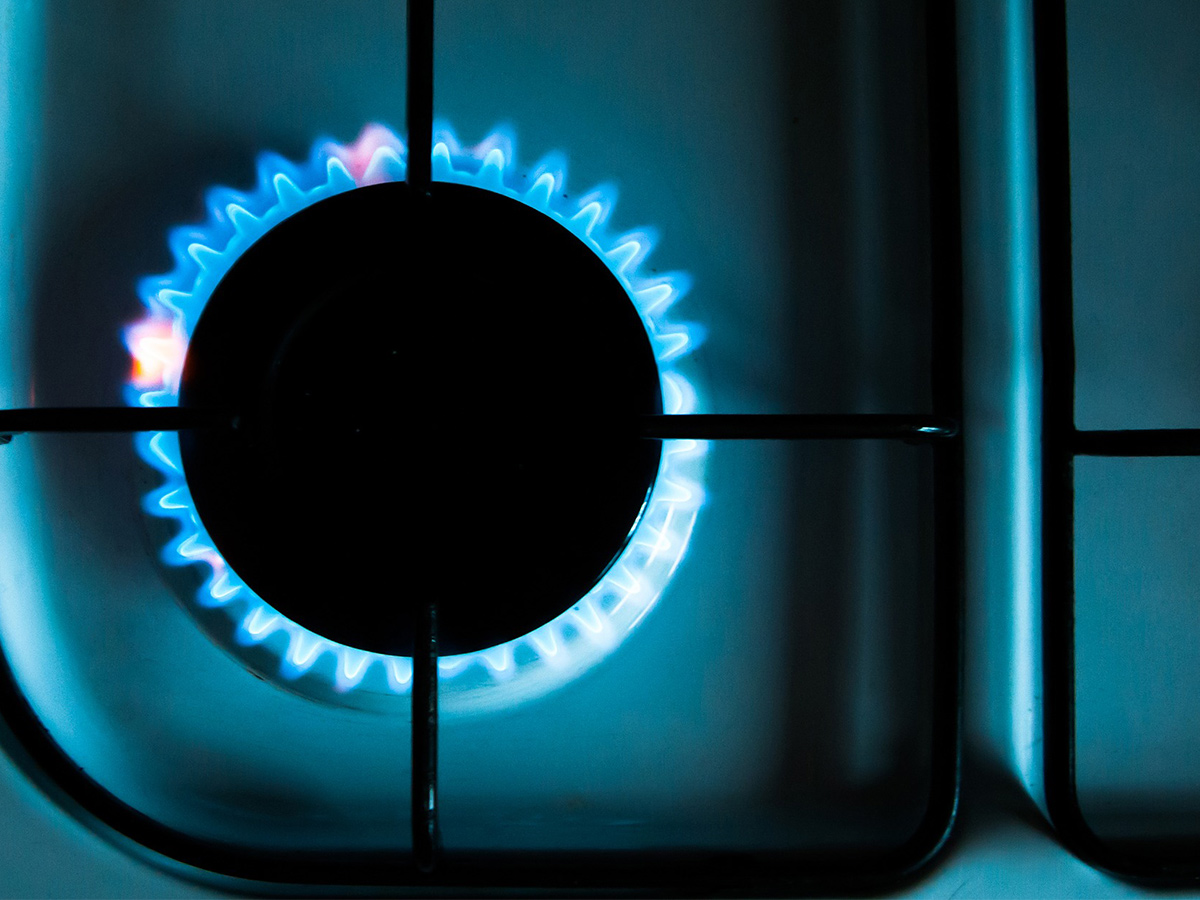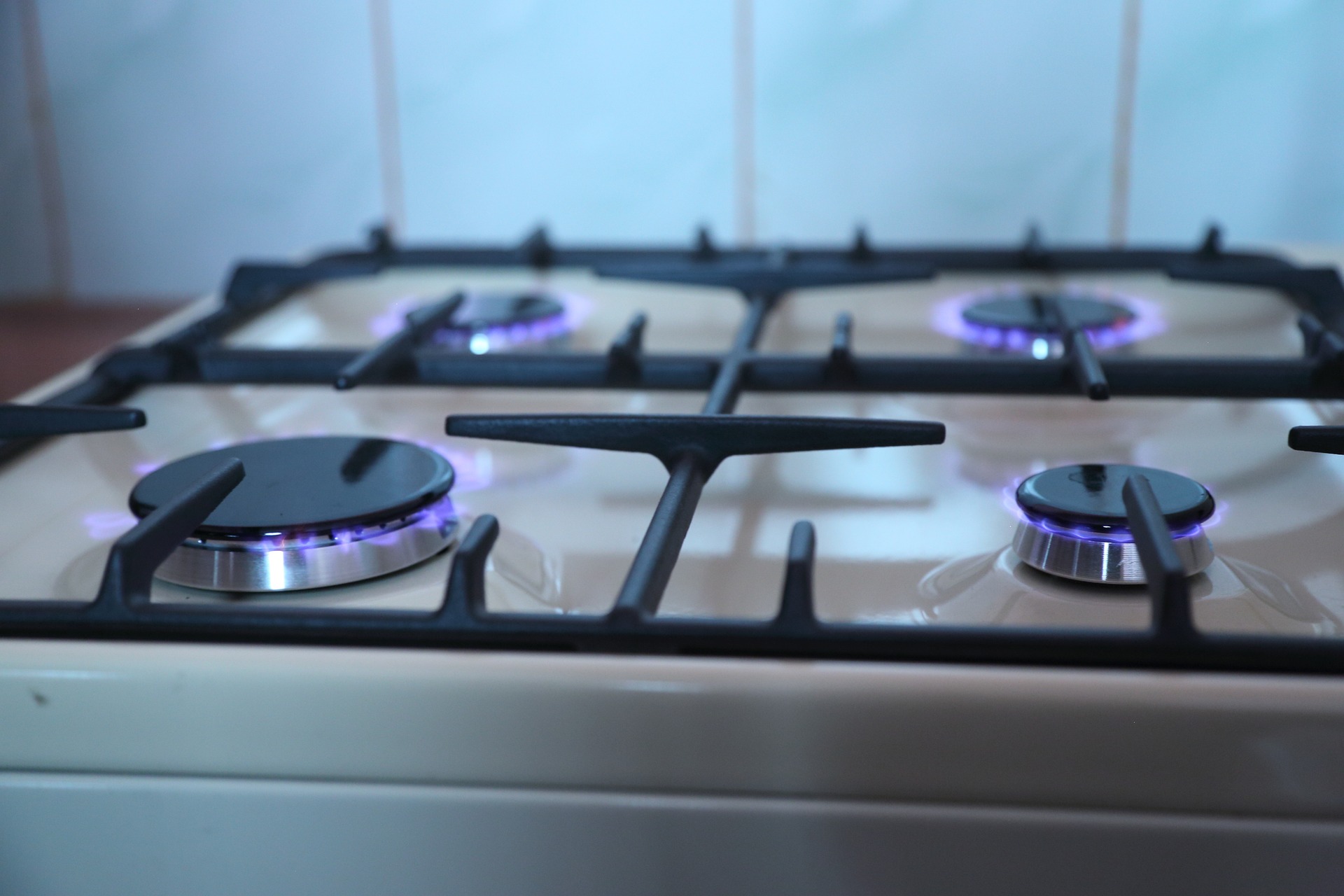 Thanks to a decades-long fight to make our light bulbs more energy efficient, you have probably swapped out many of your home’s old Edison bulbs for better performing LEDs. Maybe you’ve even upgraded some of your energy-hogging appliances or put solar panels on your roof.
Thanks to a decades-long fight to make our light bulbs more energy efficient, you have probably swapped out many of your home’s old Edison bulbs for better performing LEDs. Maybe you’ve even upgraded some of your energy-hogging appliances or put solar panels on your roof.
But our homes and commercial buildings still have a long way to go when it comes to better using energy and getting dangerous fossil fuels out of our kitchens, living rooms, and offices. More than half of all the energy we use today in our homes and workplaces is to heat and cool stuff. And the number one way we do it is to burn fossil fuels—either inside our buildings (with harmful personal health consequences) or in power plants (with unacceptably dire health consequences for disadvantaged communities that live around them).
The old way of doing energy efficiency won’t be enough to solve this new problem. We need bigger, broader action as part of a new framework we’re calling energy optimization. Energy optimization goes beyond just saving kilowatt hours, reimagining how our current systems and energy use could make our buildings a reliable and investable energy resource.
As part of this transition, we’re proposing five strategic pivots that together will help our overall economy save significant energy over the next three decades.
The first of these pivots is to electrify the built environment today. The most efficient fossil-fueled appliances in the world still won’t zero out emissions from buildings. But electric heat pumps, which are four to five times more efficient than fossil-fueled counterparts like boilers and furnaces, hold tremendous promise. They perform a small miracle of providing heat without ever generating heat (secret: it’s because they only use energy to transfer existing heat). This endows them with the potential to deliver the next great tranche of energy savings in buildings. Also, heat pumps can be entirely ductless (avoiding a big trap of wasting energy in leaky ducts), heat only the rooms that need it, or even transfer heat across spaces—from overheated server closets to underheated offices, for example.
Every region of the country can benefit from this switch to efficient heat pumps. The single largest source of cost-effective electricity savings across the country is to replace inefficient heating or cooling equipment (powered by fossil fuels or electricity) with an efficient electric heatpump. In the cold climates of the Northeast and upper Midwest, the opportunity to replace fossil heat with electric heat pumps is abundant. In the warmer climates of the Southwest and Southeast, heat pumps perform most efficiently and can displace large swaths of currently wasteful heating appliances.
Moving away from natural gas for heating and cooking avoids the health and safety risks of natural gas, such as explosions (which tragically happen all too frequently every other day on average), and indoor air quality levels that would be illegal if created outside the home. Beyond space and water heating, we need to end the primal allure of gas stoves—it’s time to move beyond the fire age and stop burning petro products in breathing distance of family members. Induction cooking already beats the pants off gas cooking, sweeping the rankings in Consumer Reports (“Induction ranges routinely top our performance tests, yet they account for only 5 percent of all ranges sold”) and adored by competitive chefs.
Efficient electric heat is good news for housing affordability both up-front and in the long run. The housing crisis that grips cities across America is a key reason to electrify homes—so that more people can afford them. In new construction, it’s far cheaper to avoid the cost of laying natural gas infrastructure than to build an all electric home. In existing buildings, in most cases, electrifying a building’s heating and air conditioning reduces long-term costs for homeowners, particularly when paired with replacing your air conditioning. Furthermore, the operational savings are determinable by how we structure our electricity prices, which currently don’t reveal the full value of heat pump technology: e.g., heat pumps can decrease system energy costs (like helping meet peak demand needs, which are currently crushing places like Texas) and increase utilization rates, benefits that are suppressed by current price structures that don’t reward people for efficient electrification.
 In the absence of federal climate progress, cities across the U.S. are taking the lead to protect their residents from the near- and long-term dangers of fossil fuels, yielding the nation’s first ban on natural gas in new homes in Berkeley, CA. As other cities, including Washington, D.C., declare their intent to move toward a 100 percent clean energy economy, they, too, will need to reevaluate the idea of lighting fossil fuels on fire inside buildings.
In the absence of federal climate progress, cities across the U.S. are taking the lead to protect their residents from the near- and long-term dangers of fossil fuels, yielding the nation’s first ban on natural gas in new homes in Berkeley, CA. As other cities, including Washington, D.C., declare their intent to move toward a 100 percent clean energy economy, they, too, will need to reevaluate the idea of lighting fossil fuels on fire inside buildings.
Four key changes can help boost the switch:
Ramp up heat pump programs. Public utility commission (PUC) policies historically have prohibited electric utilities from converting gas customers. But policy solutions, such as the forward-thinking energy efficiency plan in Massachusetts that incentivizes switching to heat pumps, can overcome this stalemate.
Focus on total energy or carbon savings. Most energy efficiency resource standards just look at saving one type of energy: electricity or natural gas. This makes us blind to the fuel-switching opportunities and consequently prohibits us from capturing the #1 source of savings across America. Changing to total energy or carbon frameworks, like New York, which has defined new energy saving goals as dual-fuel, allows the savings to at least be seen.
Shift toward cumulative energy savings goals. A lot of the past goal structures for efficiency have just looked at year one savings—which has sent distorted incentives to the marketplace to avoid longer-lived savings like heating, ventilation, and air conditioning (HVAC), and building envelope improvements. Illinois has pioneered a framework with its Future Energy Jobs Act that precisely reverses this perverse incentive by adopting cumulative energy savings targets. These shifts can reveal the larger value of optimizing how we use energy to heat and cool our buildings.
Lower electricity prices for all-electric customers that lower total energy system costs. We need to price electricity for efficient heat in ways that reflect the full benefits of electrification. Efficient heat pumps can help decrease the major drivers of total system costs. Our price signals should reflect and incentivize that ability. Whether it’s making more full use of existing poles, wires, and plants on the system (by electrifying heat in warm places that currently built to meet peak summer needs, you lower total costs by adding heating loads that don’t correlate with those current drivers—and in places with winter peaks, swapping out inefficient electric heaters for heat pumps accomplishes the same result). We can also improve system operations every day by shifting the emphasis of our electricity prices more toward when you use electricity—which intelligent and automated heat pumps can do in spades.
These changes need to happen today, before the grid is decarbonized. By waiting, we increase cumulative emissions over time, which is what matters. While fuel-agnostic efficiency efforts such as improved thermal envelopes, windows, doors, and attics should receive continued support, any efficiency work that results in the installation of a gas appliance today is a net loss to energy savings potential and climate progress. Such appliances commit us to far higher energy usage over the long-term and make the retrofit challenge even more difficult and expensive.
In the coming weeks, we’ll be talking about the four other strategic pivots that make up this energy optimization strategy, including how to address existing buildings. The solutions are ready today, we just need to expand and update our approaches to make them happen.